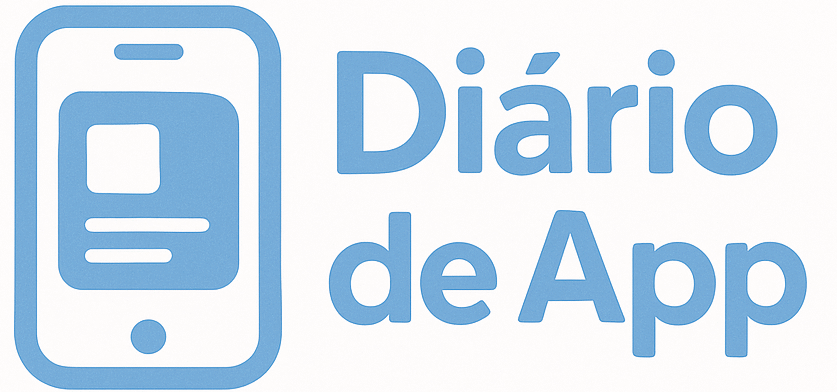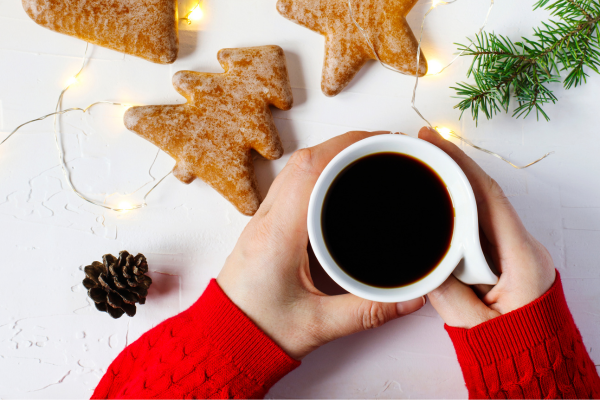If you’ve ever stood in front of a shelf filled with coffee bags, overwhelmed by words like “single-origin,” “washed process,” or “medium roast,” you’re not alone. Coffee labels can be packed with information — but once you understand the terms, they become your map to better flavor.
In this guide, you’ll learn how to read coffee labels like a pro so you can choose beans that suit your taste, brewing style, and values — whether you’re shopping at a specialty roaster or the local supermarket.
Why Coffee Labels Matter
Coffee labels are more than just marketing. They offer insight into:
- Flavor profile
- Bean quality
- Origin and ethical sourcing
- Roasting style and freshness
- Best use (espresso, drip, etc.)
By reading labels correctly, you can avoid guesswork and find coffee you’ll actually love.
Key Terms You’ll See on Coffee Labels
Let’s break down the most common and important terms you’ll find:
1. Origin
This tells you where the beans were grown. The more specific the origin, the better idea you have of the flavor.
- Country (e.g., Ethiopia, Colombia): Gives a general idea of profile.
- Region (e.g., Sidamo, Huila): More specific — reflects unique microclimates.
- Farm/Cooperative: Indicates traceability and often higher quality.
Example:
Origin: Ethiopia, Yirgacheffe — Expect floral, citrusy notes with tea-like body.
2. Varietal or Variety
This is the coffee plant’s genetic type (like wine grapes). Common ones include:
- Bourbon – Sweet, balanced
- Typica – Clean, classic profile
- Geisha (or Gesha) – Floral, complex, high-end
- Caturra, SL28, SL34 – Each with unique characteristics
You may not always taste the difference unless you’re drinking high-quality single-origin coffee, but it’s still useful for enthusiasts.
3. Process (Processing Method)
This refers to how the coffee bean was removed from the cherry. It drastically affects flavor and body.
- Washed (Wet) – Clean, bright, higher acidity
- Natural (Dry) – Fruity, full-bodied, sometimes winey
- Honey (Semi-washed) – Sweet, balanced, with some fruitiness
- Anaerobic or Experimental – Unique, complex, bold flavors
Example:
Process: Natural — Expect a juicy, berry-forward cup.
4. Roast Level
This indicates how long the beans were roasted and how dark they became. It strongly influences flavor and brewing style.
- Light Roast – Bright, acidic, highlights origin flavors. Best for pour-over, drip, AeroPress.
- Medium Roast – Balanced, sweet, and versatile. Works well across most methods.
- Dark Roast – Bold, roasted, low acidity. Good for French press and espresso.
Some labels use color codes or names like “City,” “Full City,” “Vienna,” or “Italian” to describe roast level.
5. Tasting Notes
These describe the flavors you might notice when drinking the coffee — not added flavors, but natural notes from the bean and roast.
Examples:
- Chocolate, hazelnut, caramel (common in Central/South American beans)
- Berry, citrus, floral (common in African beans)
- Spice, earthiness, herbal (common in Indonesian beans)
Remember: tasting notes are subjective. You may not pick up on every nuance — and that’s okay.
6. Altitude
Altitude affects bean density and flavor development.
- Higher altitude (1,400–2,000m+) – Brighter acidity, complex flavors
- Lower altitude (below 1,200m) – Softer, rounder, chocolatey profiles
Higher doesn’t always mean better, but it often signals a more refined flavor.
7. Freshness and Roast Date
Look for a roast date — not just a “best by” date. Coffee is best consumed:
- 7–30 days after roast for peak flavor
- Up to 60–90 days for acceptable freshness (if stored well)
Avoid coffee with no roast date or vague labels like “fresh roasted.”
8. Grind Level (if applicable)
Some bags specify the grind:
- Whole bean – Best for freshness (grind before brewing)
- Ground for drip, French press, espresso, etc. – Convenient but loses flavor faster
For the best experience, buy whole beans and grind fresh at home.
9. Certifications and Ethics
Many coffee labels also include certifications that reflect sourcing and environmental values:
- Fair Trade – Ensures farmers are paid fairly
- Organic – Grown without synthetic chemicals
- Rainforest Alliance – Focus on sustainability and biodiversity
- Direct Trade – Purchased directly from farms, often with better quality and transparency
These certifications can matter if you want to support ethical and sustainable practices.
10. Roaster’s Brewing Recommendations
Some specialty bags will include suggestions for brewing:
- “Best for espresso or French press”
- “Use 1:15 coffee-to-water ratio”
- “Let rest for 7 days after roast”
Follow these as a starting point — they’re tailored to the bean’s ideal expression.
How to Choose Based on the Label
If you want a bold and chocolatey brew:
- Look for Brazil, Colombia, or Sumatra
- Medium to dark roast
- Natural or honey process
- Tasting notes like cocoa, nut, or spice
If you love light, fruity flavors:
- Look for Ethiopia or Kenya
- Light roast
- Washed or natural process
- Tasting notes like berry, citrus, or floral
If you prefer balance and versatility:
- Look for Central American origins (e.g., Guatemala, Honduras)
- Medium roast
- Washed process
- Nutty and sweet flavor notes
Final Thoughts: Know What You’re Brewing
Learning how to read coffee labels turns buying beans from a guessing game into an intentional experience. With just a little knowledge, you can match your preferences to origin, roast, and processing style — and brew coffee that genuinely excites your taste buds.
Next time you’re shopping for coffee, take a moment to scan the label. You might just discover your new favorite cup waiting behind the fine print.

